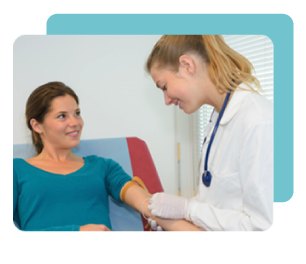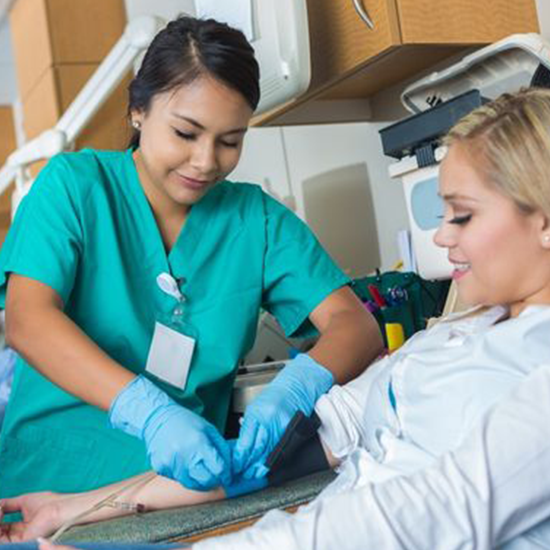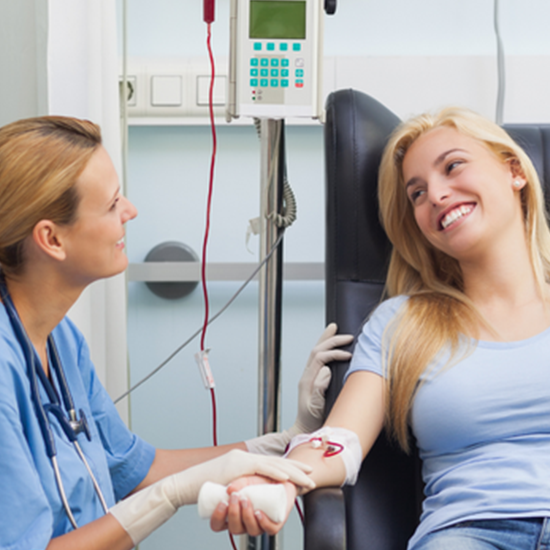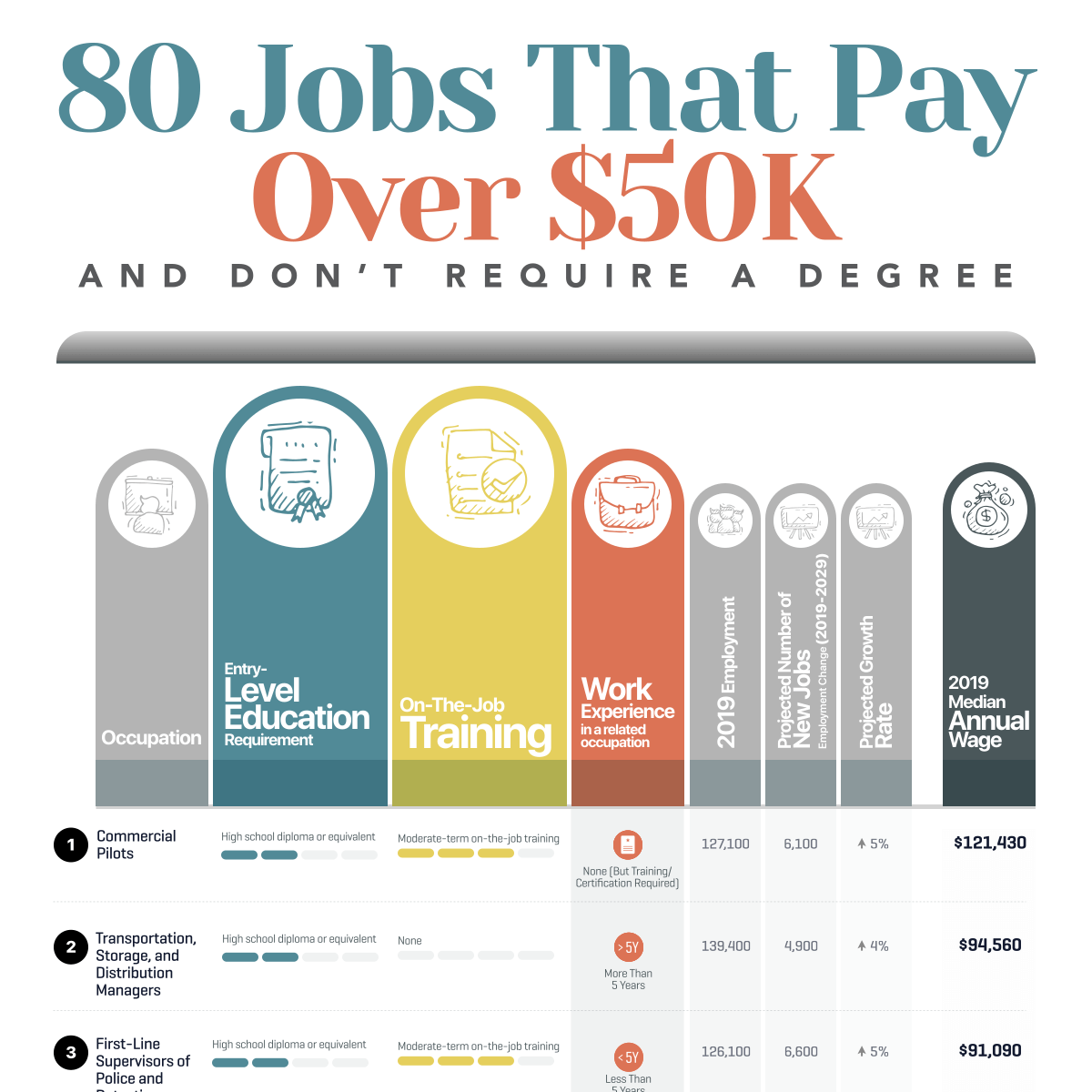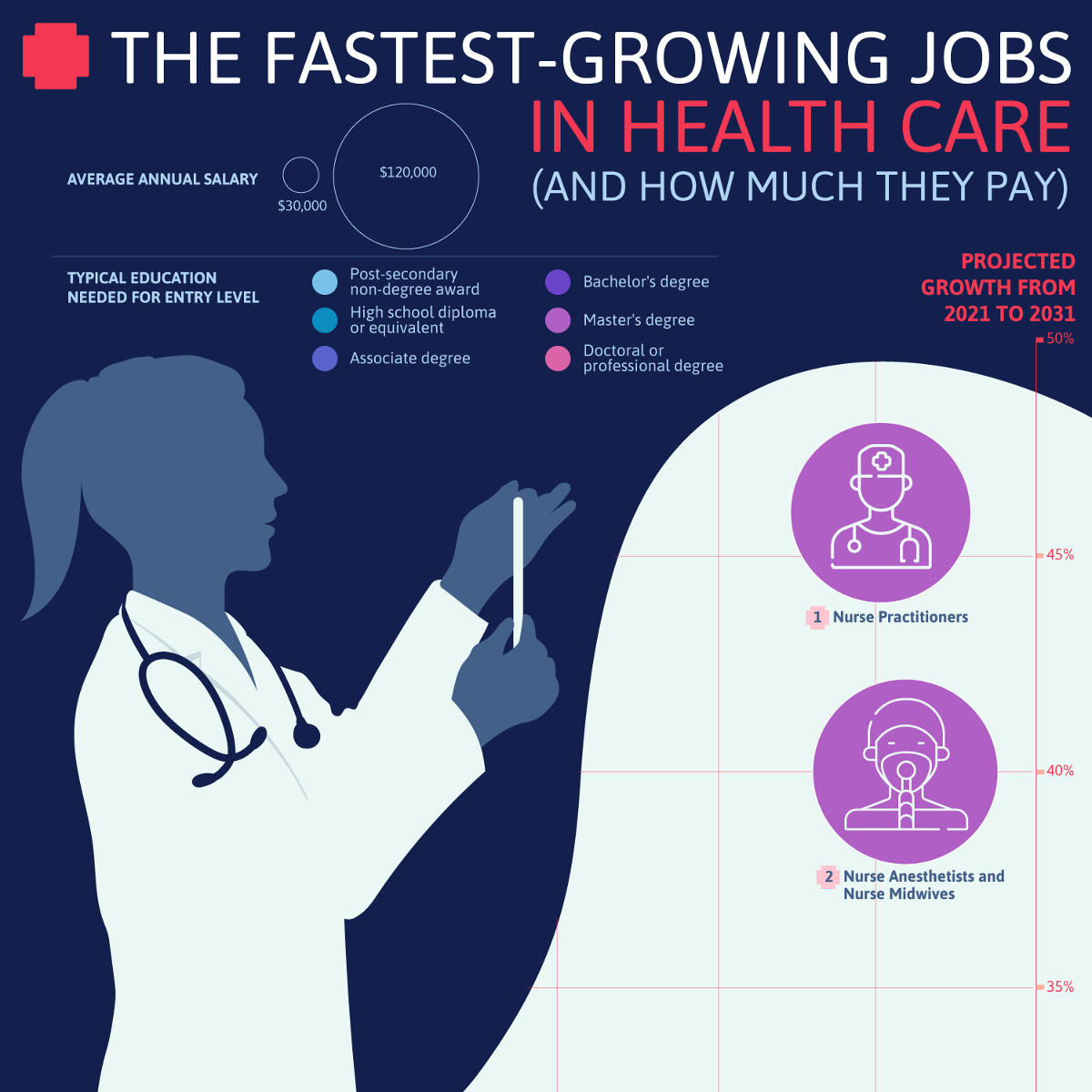
Lance Elmore, CMA, EMT-B,n
Phlebotomy Technician Program Instructor/Course Expert
Meet the Lead Instructor
At U.S. Career Institute, our dedicated team of course experts, instructors and instructor assistants are committed to developing and delivering high-quality curriculum. Our qualified instructor Lance Elmore is a phlebotomist with more than 15 years of experience. He currently works as a Phlebotomist Site Lead for Quest Diagnostics. He previously taught courses at IBMC, such as Phlebotomy Skills and Techniques, Basic Phlebotomy Anatomy and Physiology and Components of Blood/Safety Protocols. Lance received certificates in Emergency Medical Technician from Front Range Community College and Medical Assisting from Institute of Business and Medical Careers.


